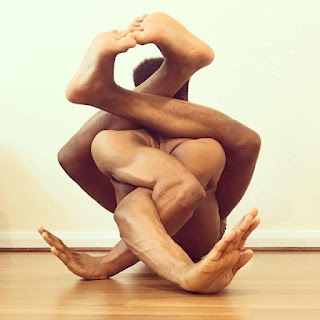Ciceronian Style

Q. I came across a reference to someone's Ciceronian style. What does that mean?
A. It refers to an oratorical style perfected by the Roman statesman Marcus Tullius Cicero (106 – 43 B.C.). Thanks to an aide of his (Tiro) who developed one of the first shorthand systems in history, an incredible number of his speeches have been preserved, so it's not difficult to extract the elements of his style.
He perfected what are known as periodic sentences, sentences that don’t fall completely into place until the very last word. (The term periodic came from the Greek word periodos, a racetrack or circuit.) His style includes elegance, lofty language, tripartite sentences (we shall battle on the land, we shall fight in the air, we shall win on the seas), the verb saved until the end of the sentence, and various rhetorical devices in the service of forceful indictments and parallel treatment.
Modern style is much different; we must go back to American orators of the 19th century to capture adapted versions of the Ciceronian style in our country. Today, many would see it as too ornate, too indirect, and generally boring (Like, I go, say it and sit down, dude).
Here's a quote from Hamlet (I.ii. 8 -14) which incorporates some features of the style:
Therefore our sometime sister, now our queen,
Th'imperial jointress to this warlike state,
Have we, as 'twere with a defeated joy,
With mirth in funeral and with dirge in marriage,
In equal scale weighing delight and dole,
Taken to wife.
Visit the Senior Corner at http://seniors.tcnet.org
wordmallATaol.com
(substitute @ for AT above)
(substitute @ for AT above)


Comments